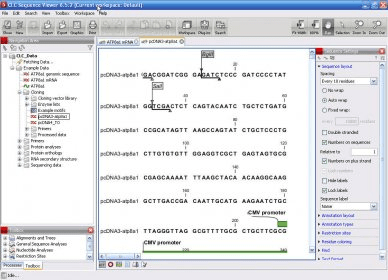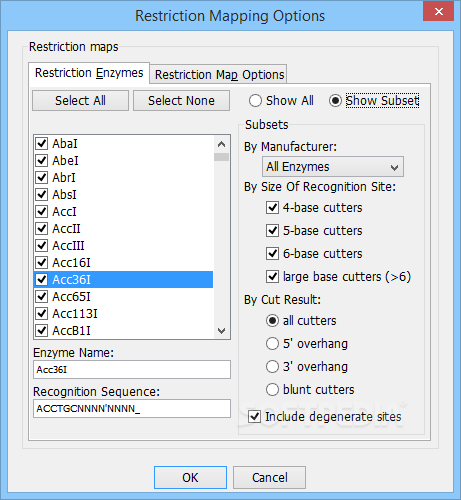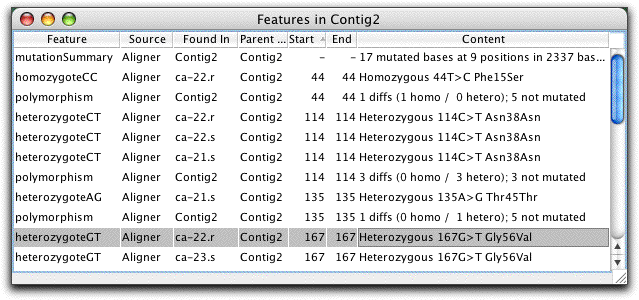
- #Adding features to sequence in codoncode aligner software
- #Adding features to sequence in codoncode aligner code
- #Adding features to sequence in codoncode aligner free
2014), focuses on the analysis of individual Sanger sequencing reads. The R language is increasingly popular for bioinformatic analyses, and is thus an attractive language for which to develop a new package for the analysis of Sanger sequencing data. As a result, the analysis of Sanger sequencing data is often more expensive and/or more difficult than the analysis of data from more recently developed sequencing platforms. However, these tools tend to be either expensive or have restrictive licences that limit their use, and there are no such tools built into the popular R ecosystem for bioinformatic analyses. 2012), CodonCode Aligner (CodonCode Corporation, Dedham, MA), Phred-Phrap-Consed ( Ewing and Green 1998), and Sequencher (Gene Codes Corporation, Ann Arbor, MI). There are many widely used tools for processing Sanger sequencing reads, such as Geneious ( Kearse et al. Although it has been more than forty years since it was first proposed in 1977, and many new sequencing methods have since been introduced, it is still widely used and indispensable for sequencing individual DNA fragments and validating the results of Next-generation sequencing projects ( Kircher and Kelso 2010 Stucky 2012).

1977) was the first controllable method to determine nucleic acid sequences and was commercialized by Applied Biosystems in 1986. Sanger sequencing ( Sanger and Coulson 1975 Sanger et al. We hope that sangeranalyseR will improve and democratize the analysis of Sanger sequencing data. It can be used to build fast and reproducible workflows, has extensive documentation, includes an intuitive GUI, and exposes the results of Sanger sequencing experiments to the huge range of available analysis tools in R and Bioconductor.
#Adding features to sequence in codoncode aligner free
sangeranslyseR solves this problem-it is a free and open-source R/Bioconductor package that provides simple and flexible functions for all commonly performed tasks.
#Adding features to sequence in codoncode aligner software
But the processing of Sanger sequencing often requires the use of cumbersome and/or expensive software that can be difficult to integrate with other packages. Sanger sequencing is one of the most widely used sequencing methods in the world. But bioinformatic tools for older sequencing methods have not kept pace. Sequencing technology has improved dramatically over the last decade, and new sequencing technologies have been accompanied by a plethora of excellent and interoperable bioinformatic tools.

It is released under an MIT licence and available for all platforms on Bioconductor (, last accessed February 22, 2021) and on Github (, last accessed February 22, 2021). sangeranalyseR supports the use of colorblind-friendly palettes for viewing alignments and chromatograms. sangeranalyseR comes with extensive online documentation and outputs aligned and unaligned reads and contigs in FASTA format, along with detailed interactive HTML reports. Input data can be in either ABIF or FASTA format.

sangeranalyseR provides a wide range of options for all steps in Sanger processing pipelines including trimming reads, detecting secondary peaks, viewing chromatograms, detecting indels and stop codons, aligning contigs, estimating phylogenetic trees, and more.

It also provides complete flexibility for determining how individual reads and contigs are processed, both at the command-line in R and via interactive Shiny applications.
#Adding features to sequence in codoncode aligner code
It allows users to go from loading reads to saving aligned contigs in a few lines of R code by using sensible defaults for most actions. SangeranalyseR is feature-rich, free, and open-source R package for processing Sanger sequencing data.


 0 kommentar(er)
0 kommentar(er)
